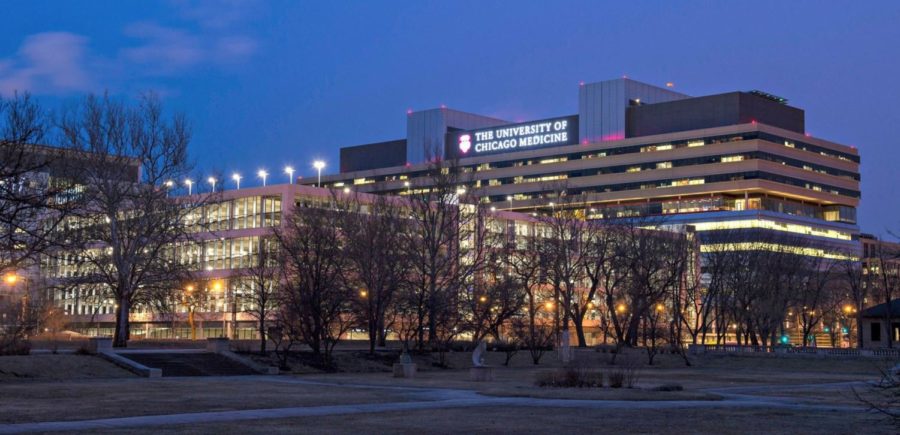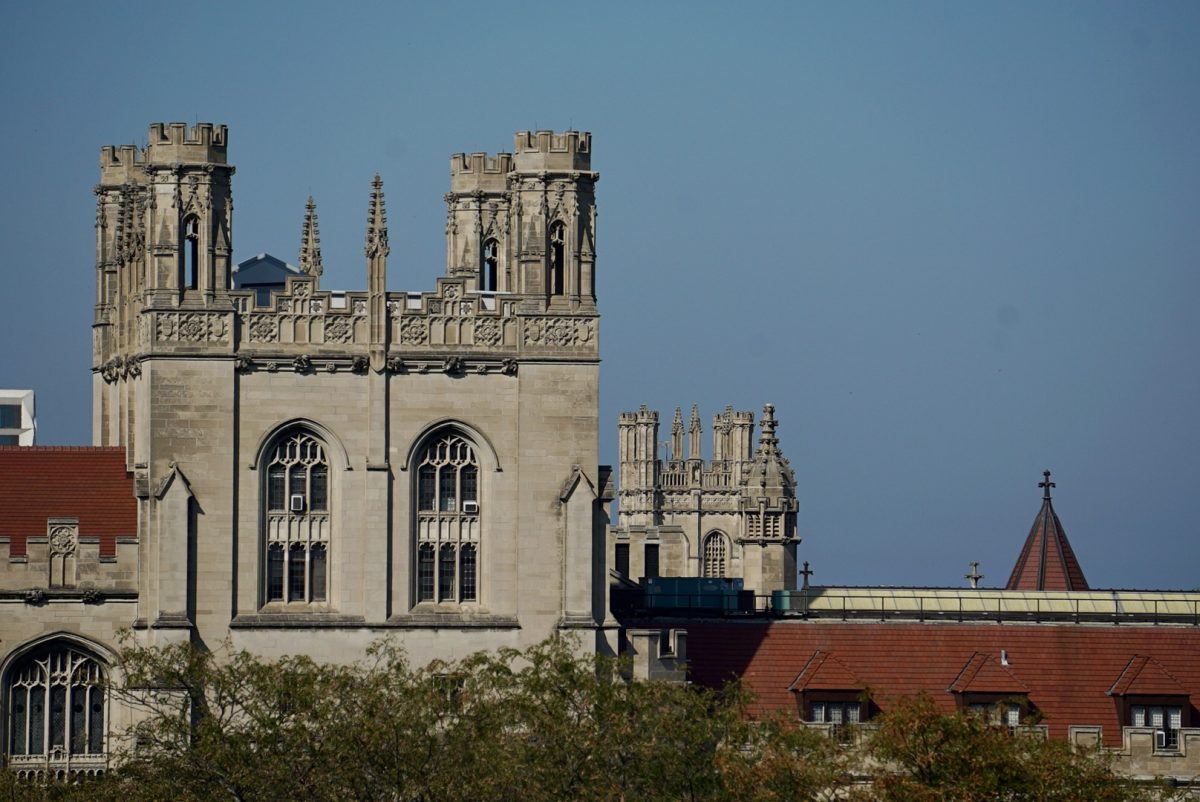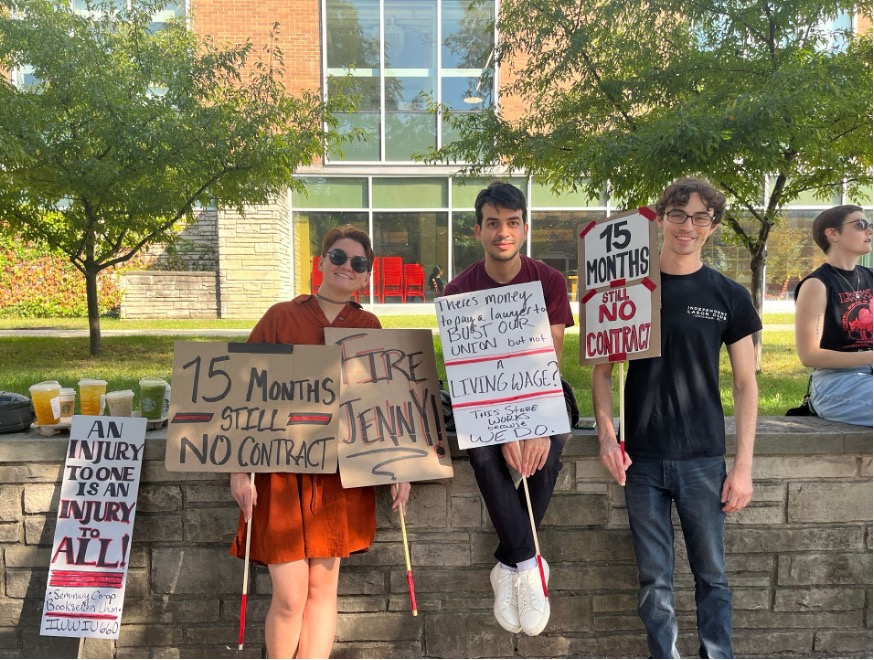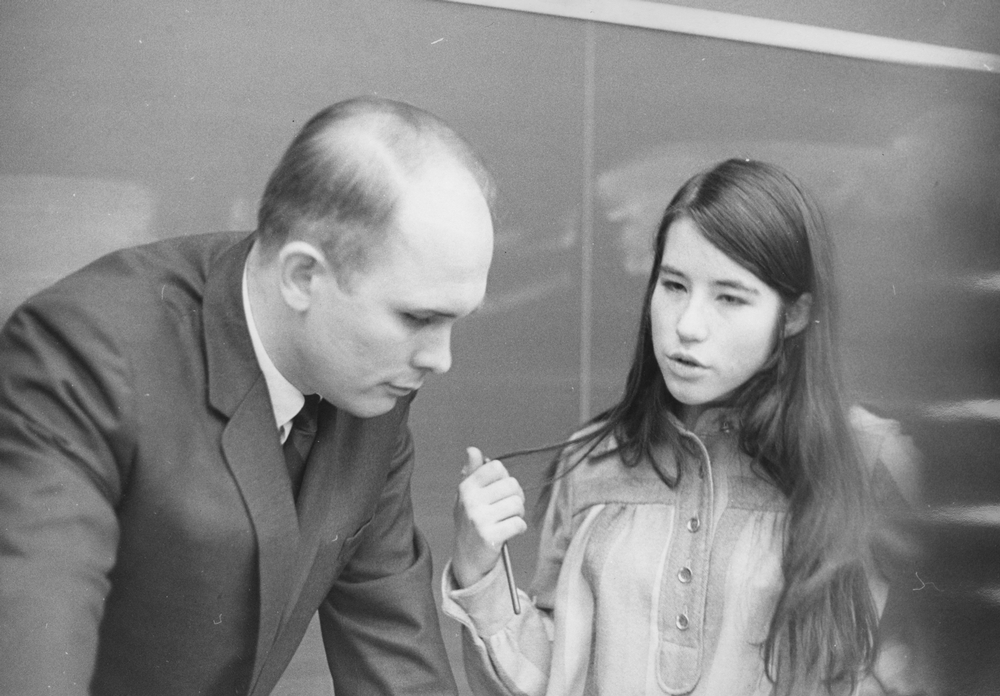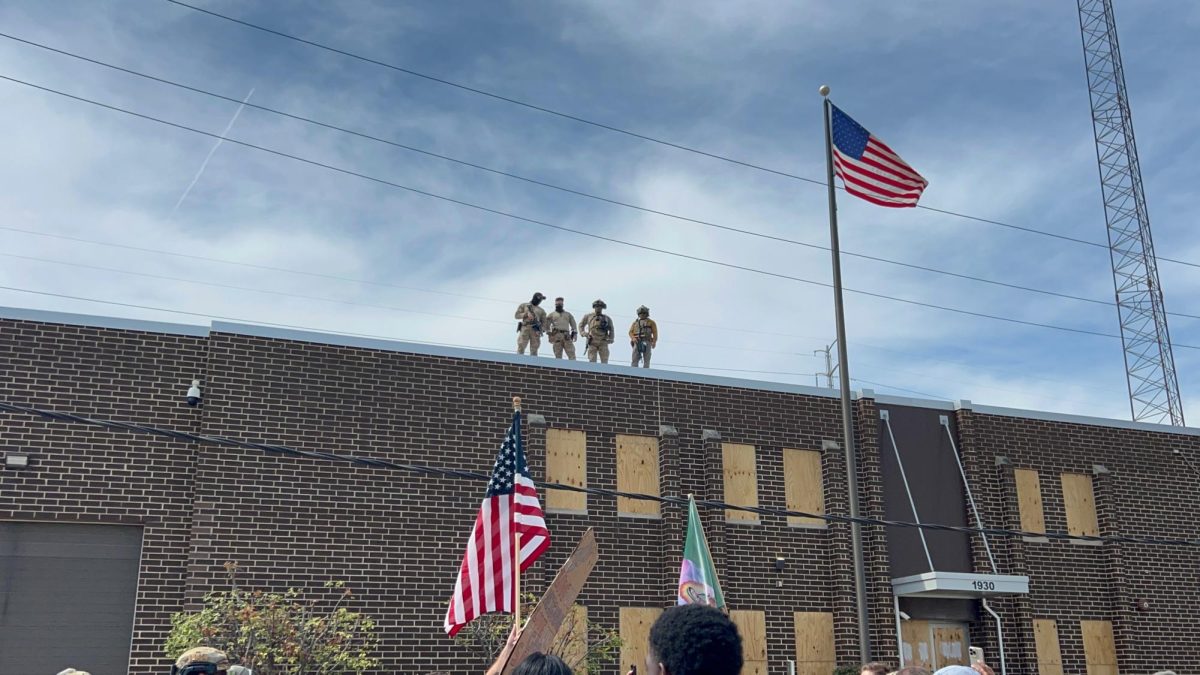A fire in a Loop high-rise October 17 has forced city and state officials to re-examine the city’s safety codes, building evacuation plans, and malfunctioning alarm and safety systems. The University will continue to review its policies as information regarding last week’s fire becomes public, according to Director of Safety and Environmental Affairs Steve Beaudoin.
Beaudoin said that the University takes issues of safety very seriously.
Six people died in the blaze at 69 West Washington Street, a building owned by Cook County, after finding themselves locked in the smoky stairwells while trying to evacuate the building. The building was not equipped with sprinklers because it was built prior to the ordinance requiring high-rises to install sprinkler systems.
In the aftermath of the fire, safety officials, workers, and employees in neighboring high-rises have begun to re-evaluate their own safety.
Much of the controversy surrounding the Loop fire stems from the allegedly inadequate safety systems installed in the buildings. Cook County public guardian Patrick Murphy, whose office lost three employees in the fire, has been an outspoken critic, questioning the motives behind a recent remodeling campaign. It failed to install sprinkler systems and address the issue of the locking stairwell doors. Mayor Richard M. Daley has hinted that he may call for a new code that would require sprinklers in all high-rises.
Beaudoin stressed that updating and reviewing the University’s fire safety devices is an evolving and ongoing process. He said that updated fire safety devices have recently been installed in the International House, the Research Institute, and all undergraduate residence halls.
The University must comply with all city fire codes. A city decision forcing all high-rises to install sprinklers may have an impact on the University buildings, some of which currently do not have sprinkler systems, but any city ordinance limiting the use of locking stairwells, such as those that contributed to the deaths in the Loop fire, will probably not have much effect on campus.
While there are some stairwell doors that are locked from one side, this practice is not widely applied at the University, according to Beaudoin. “All stairwells are accessible from the tenant side of the floor and egress out of the building is not hampered,” he said, adding that the University’s locking stairwells are used mainly to accommodate security needs.
The University’s Office of Safety, Environmental Affairs and Radiation works to ensure that all faculty and staff know how to respond in case of an emergency fire. All residence halls, the Laboratory School, and the Orthogenic School have regularly scheduled fire drills.
For the academic buildings, service buildings, and laboratories, the safety office conducts safety classes to train faculty and staff how to respond. While there have been fires at the University, none have resulted in a death or serious injury.
Failing fire alarms also contributed to the confusion. University employees are trained to ensure that all occupants of an area are aware of the alarm, in an effort to avoid this problem. Once outside, building supervisors take attendance to make sure that all individuals are accounted for and any missing persons are reported to fire officials. Housing staffs have the added responsibility of keeping closer tabs on students.
A panel appointed by city and state officials continues to investigate the Loop fire. Its main areas of focus will be how victims got trapped in the stairwells, who exactly gave the order to evacuate the building, and the impact of not having updated safety standards.
10-28-03sprinklersystem



